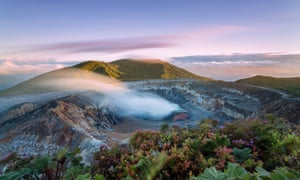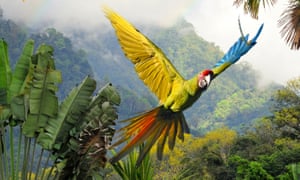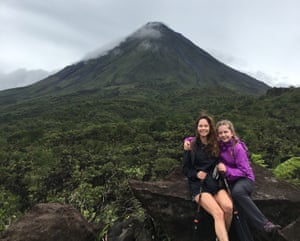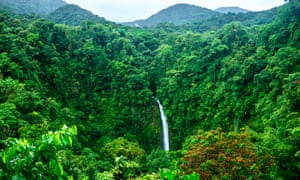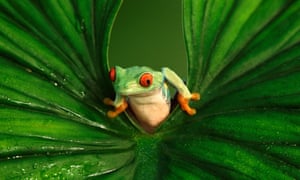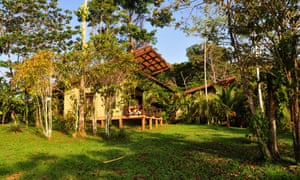
No matter how many times you go to Ireland you’re going to discover something new.
Ireland is a destination that is constantly adding more experiences to its extensive list of top quality things to see and do, meaning there is always a reason to head for its welcoming shores.
Among the newest experiences are a driving school for children at Tayto Park in County Meath and the recently opened Roe and Co. Distillery in Dublin, both of which have made it into Lonely Planet’s Best in Travel 2019, the highly anticipated annual collection of the best travel destinations, trends, journeys and experiences to have in the year ahead.
The collection outlines the top 10 countries, cities, regions and best value places to visit in the coIrelandming year, as well as the 10 best New Openings, Places to Stay, Food Experiences and Attractions for Kids.
The Attractions for Kids list features the Nissan Driving School at Tayto Park, Ireland’s first ever driving school for kids and an exciting new dimension to the ever popular theme park and zoo. Children get the chance to drive a miniature battery-operated Nissan car along a purpose-built, road-marked traffic course, learn the rules of the road and get their own special driving licence.
On the New Openings list is Roe & Co. Distillery, named in honour of the world-famous nineteenth-century Irish whiskey maker. Scheduled to open in April 2019, it is the latest addition to Ireland’s burgeoning whiskey industry. The distillery has created a blend of the finest quality malt and grain whiskies, aged in first-fill ex-bourbon casks, which will be celebrated and explored in a new visitor centre.
For whiskey lovers, a further new offering is also available in the newly released Teeling Single Pot Still, the first new Dublin distilled Irish whiskey for nearly 50 years. Produced from 50% unmalted barley and 50% malted barley, a uniquely Irish mash bill made famous by Dublin distillers of old, the new whiskey is exclusively available in Ireland. It’s a great reason to visit the working Teeling Distillery, soak up the sights and sounds and sample a piece of liquid gold history.
For those who prefer a pint of the famous ‘black stuff’ there is another new attraction at the Guinness Storehouse in Dublin. Ireland's most popular attraction features seven floors of interactive experiences revealing the history of the brew and its place in Ireland’s heritage.
Now the Guinness STOUTie presents the ultimate in pint personalisation. Using technology to add natural malt extract to the iconic creamy head of a Guinness pint, the Storehouse can adorn a pint with a sepia toned selfie of the drinker.
An innovative way to come face to face with the perfect Irish pint.



